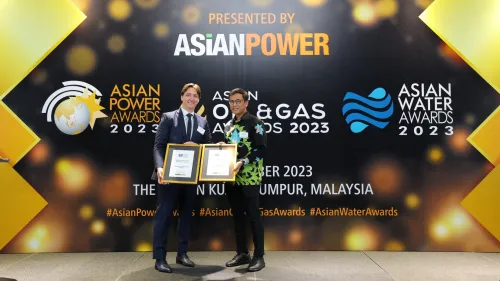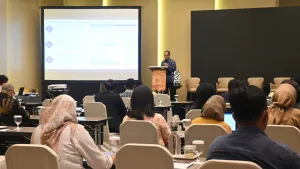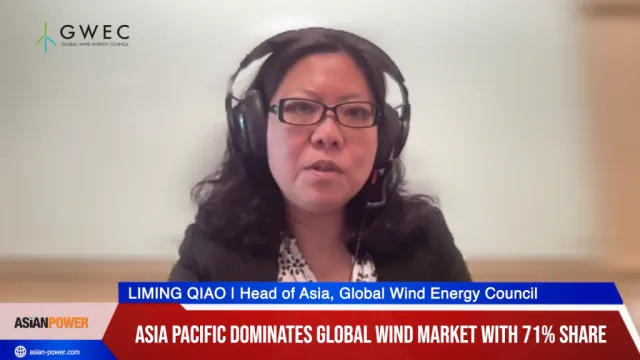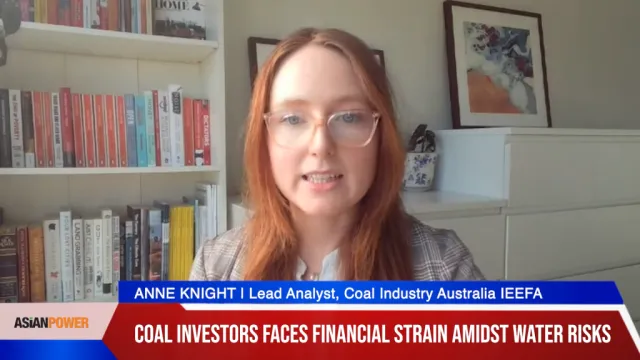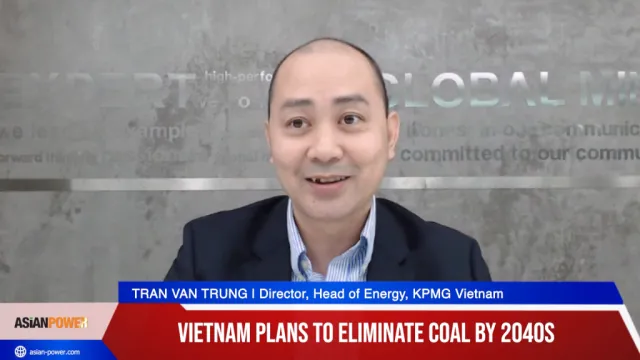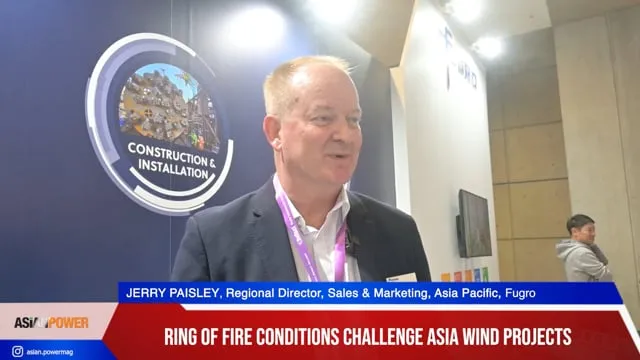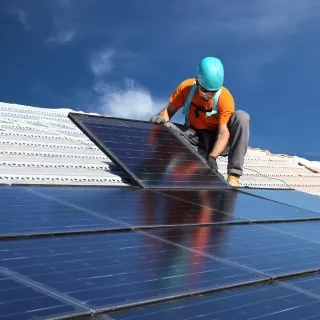
Asian solar power developers are increasingly shifting focus to rooftop users
Take-up of utility-scale solar systems have been slow.
Southeast Asia has some of the world’s fastest-growing economies, accompanied by rapidly growing energy demand.
According to EY's RECAI, high levels of solar radiation, coupled with a rising awareness of the overall benefits of clean energy, suggest significant potential for solar power.
However, the region’s uptake of utility-scale solar systems, as seen in other emerging markets, lags significantly behind as a result of a number of local challenges for project developers, including access to large areas of land and to deregulated power markets.
Here's more from EY;
Solar developers are therefore shifting their focus upward: specifically, to the rooftops of C&I energy users. With the right support from regulators and policymakers, C&I rooftop solar represents a multigigawatt opportunity across the region.
“It’s a way of monetizing an idle asset, and it presents a win-win for the clients and developers,” explains Raju Shukla, executive chairman of Cleantech Solar, a Singapore-based solar rooftop developer that has already commissioned a portfolio of 50 projects across the region.
Falling solar system costs — down 25% to 30% over the last year alone — mean that his company can install, own and operate rooftop solar systems while providing customers with power at least 10% cheaper than from the local utility, and up to 40% less, he says.
Tapping commercial rooftops could help overcome two of the biggest barriers to large-scale deployment of solar in Southeast Asia. The first is access to suitable land for solar systems.
In some countries, securing the necessary approvals and permits can be an onerous process, while compensation payments to existing
landlords can be costly. Moreover, there are often alternative uses for land — such as palm oil cultivation or, for that matter, fossil fuel-based energy generation — that are likely to offer higher yields per hectare than a solar farm can achieve.
The second challenge is the structure of local electricity markets whereby power prices — especially for residential customers — are cross-subsidized by retail customers, making it difficult for solar farms to sell energy to the grid at competitive prices.
Installing rooftop solar systems can get around these problems. C&I customers often have readily available “real estate” in the form of substantial roof space on factories, offices and warehouses.
In addition to potentially offering power at a lower cost than that available from the grid, rooftop solar systems can deliver higher energy security where power supplies are unreliable.
In addition, C&I customers can be offered long-term, fixed-price contracts, often over 20 to 25 years, reducing their exposure
to price rises imposed by the local utility.
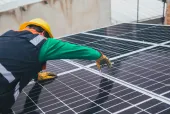

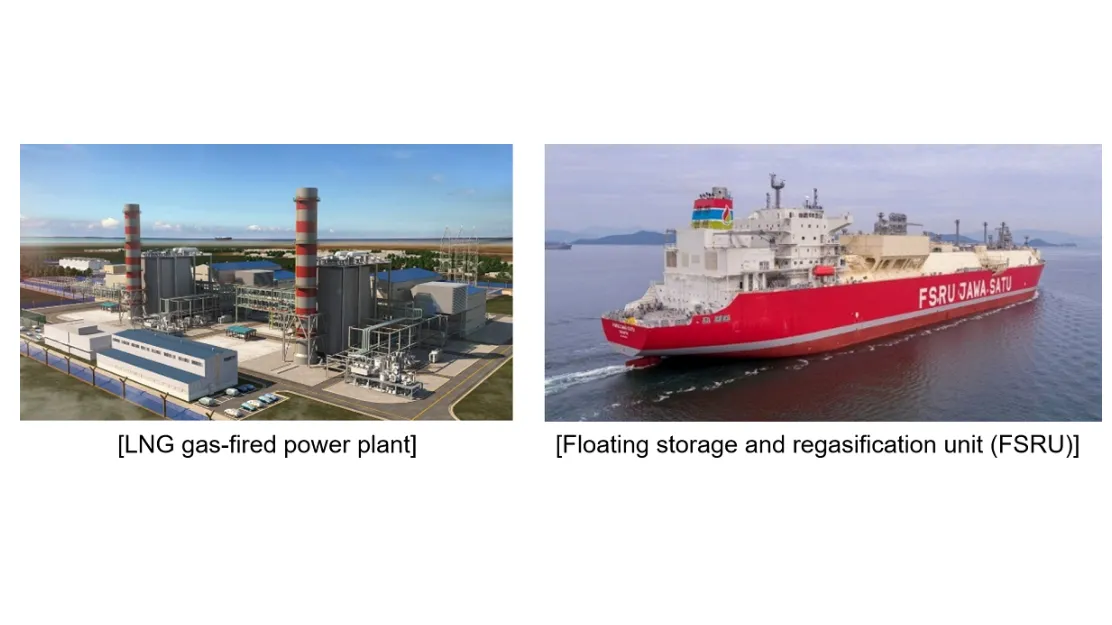
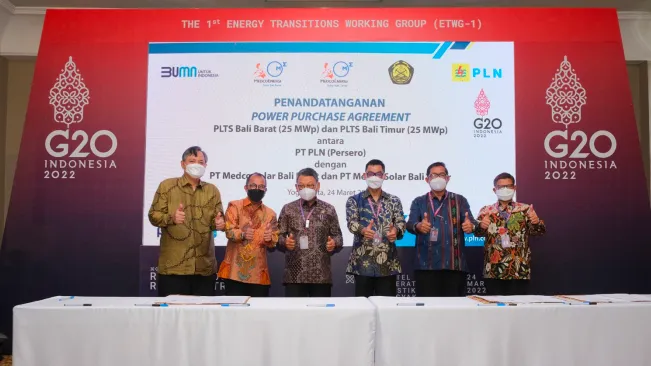
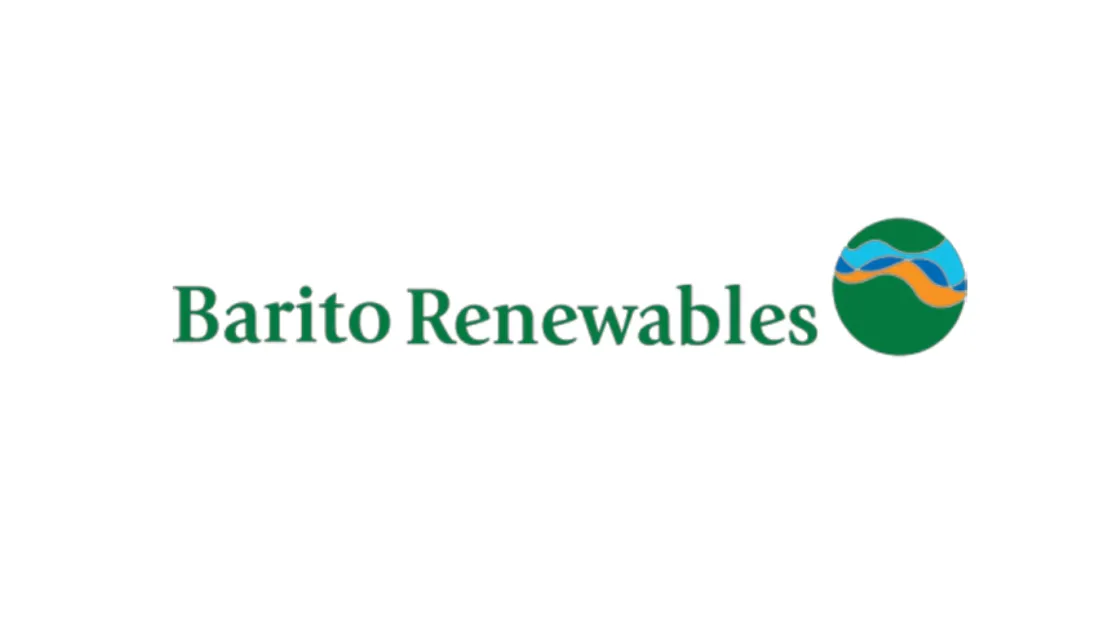

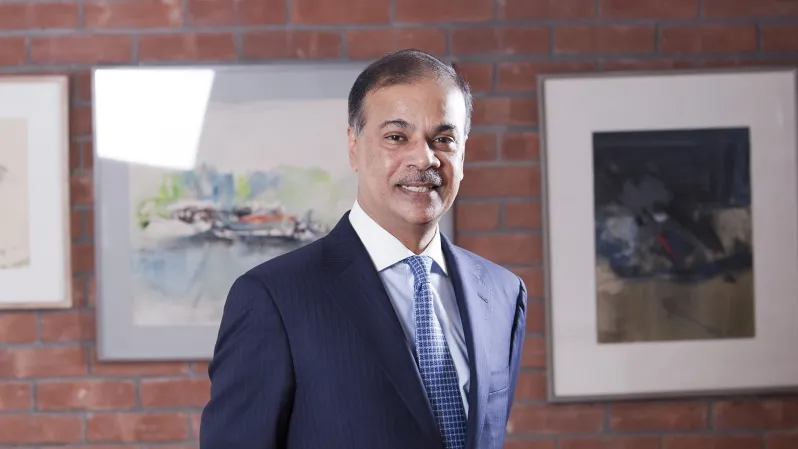
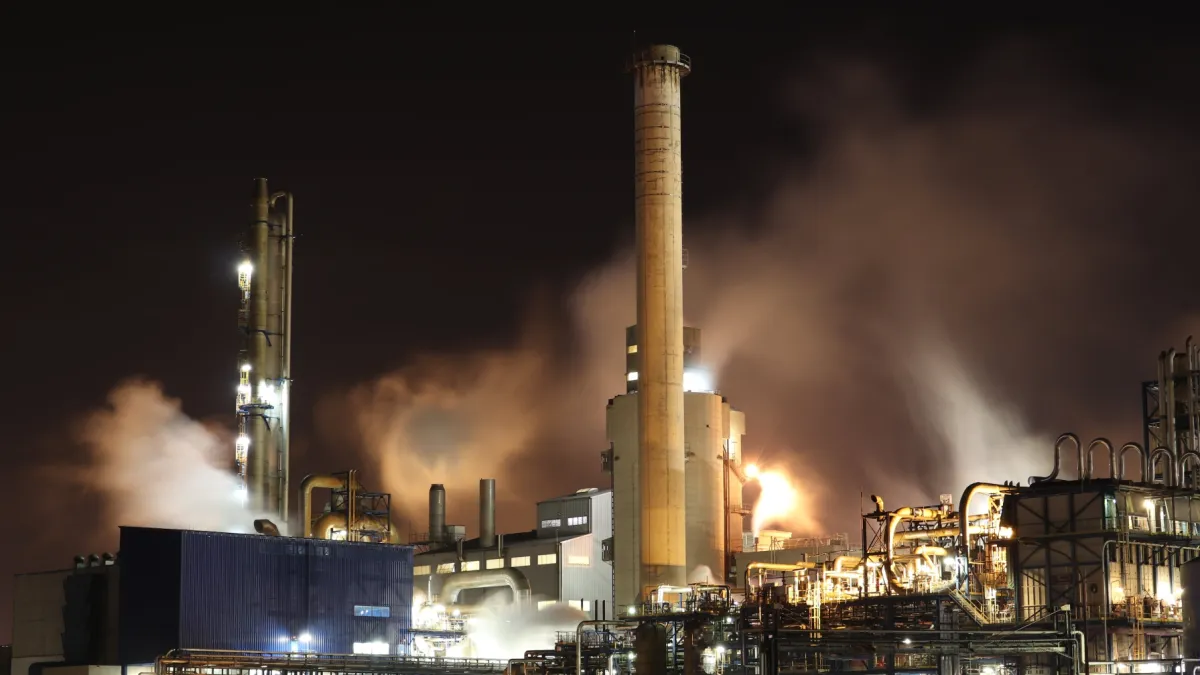
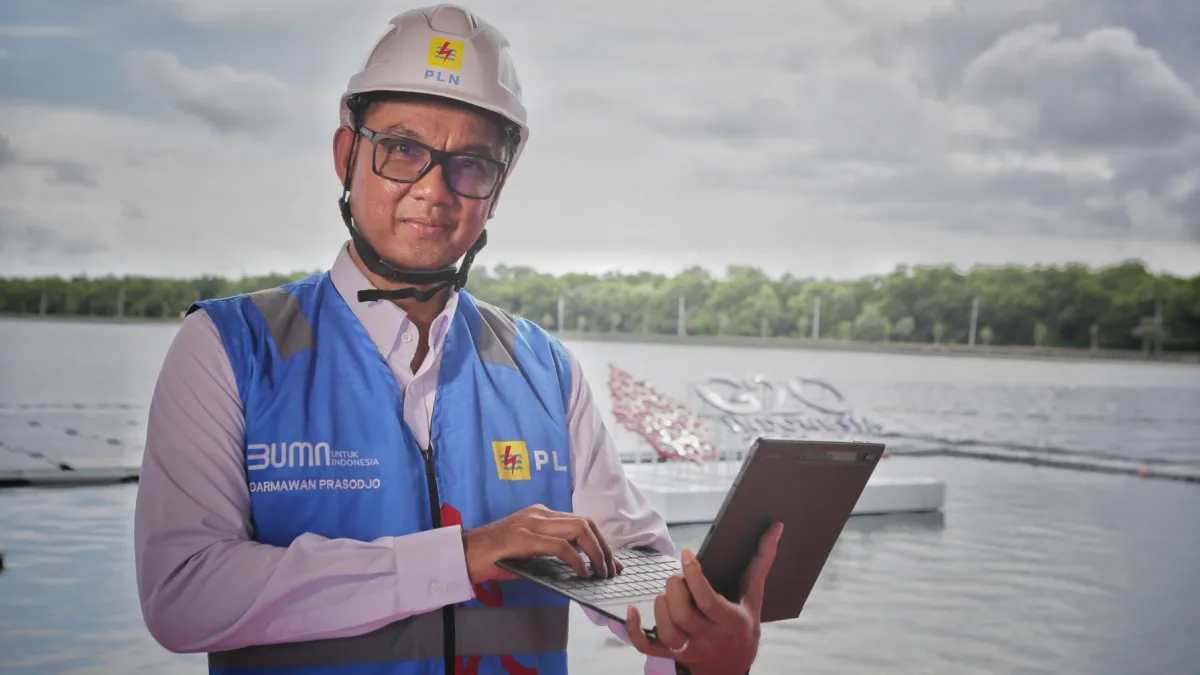
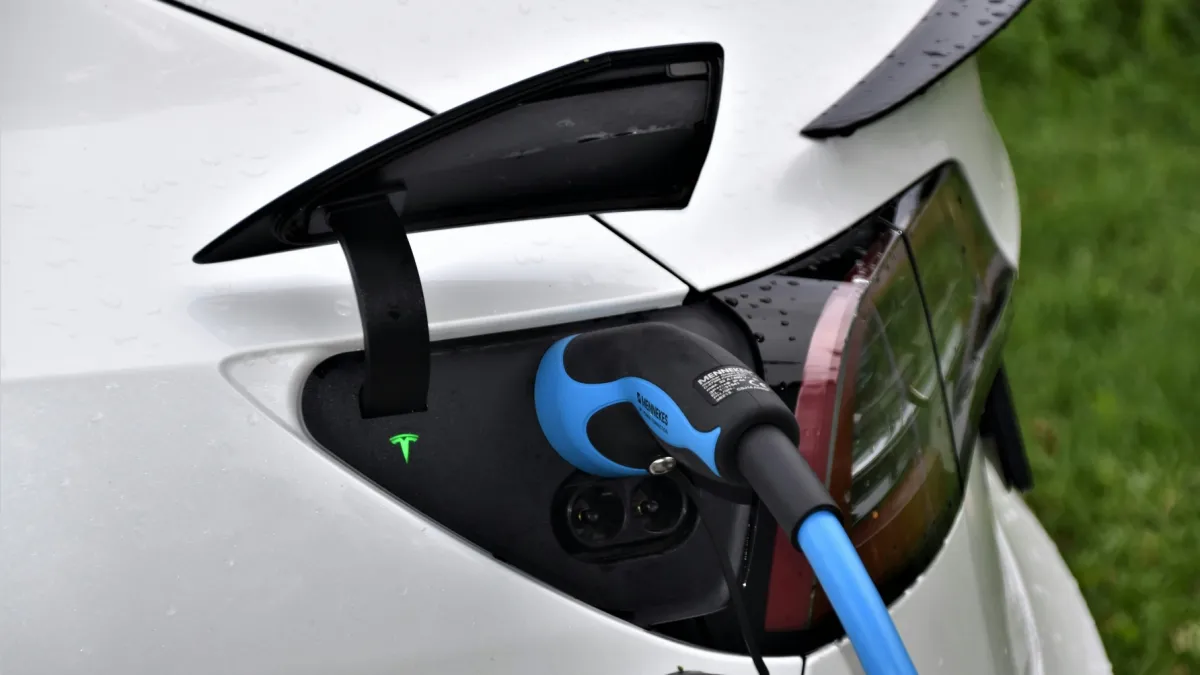
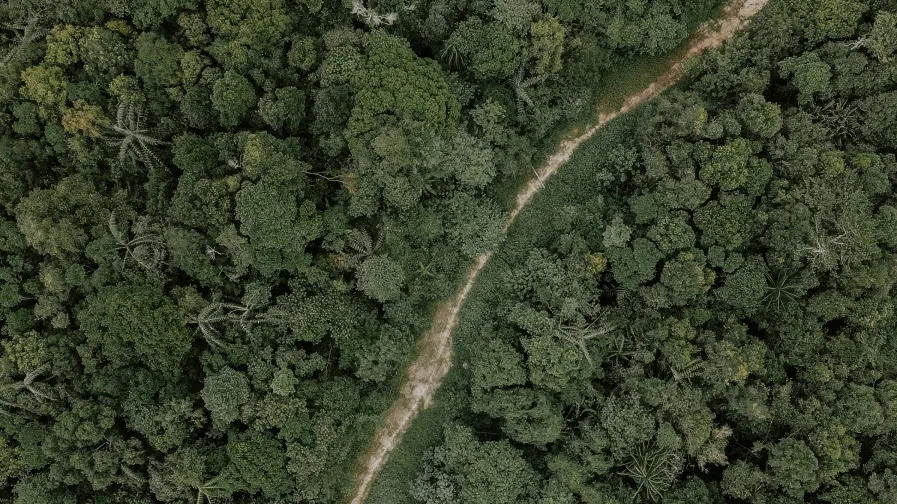


 Advertise
Advertise
